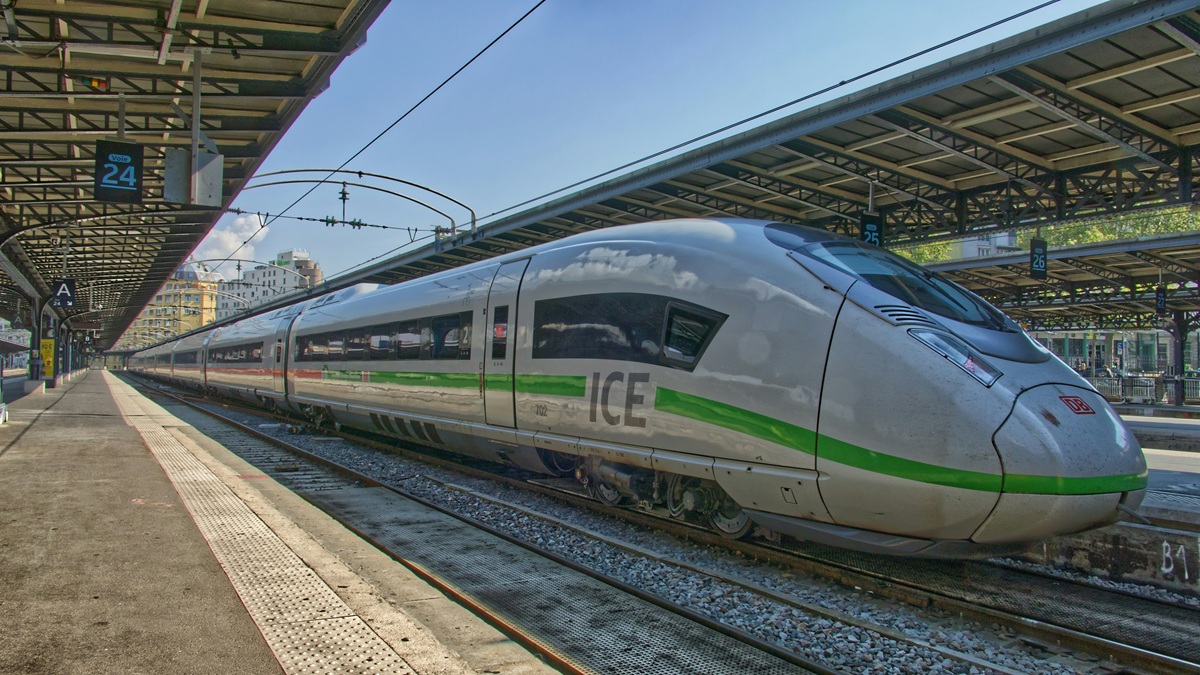
Sustainable travel in Europe is no longer a side dish on the menu; it is the main course. Cities, regions, and villages are rethinking transport, hotels, food sourcing, and trails. Travelers want itineraries that feel meaningful.
Smart planning starts before takeoff: choosing a discounted business class to Europe can help you arrive rested, make fewer transfers, and reduce the temptation to cram in wasteful last-minute flights. Landing clear-headed lets you explore by rail, tram, bike, or on foot, which is where the greener magic happens. And yes, your photos look better when you are not jet-lagged.
Echoing the WEF’s view, 2025 marks a turning point when tourism must shift from small green tweaks to full-scale transformation – and Europe’s adopting that shift fast. Cities are investing in cleaner fleets, heritage sites are managing capacity with timed entries, and parks are nudging visitors toward low-impact routes. The result is simple: smoother trips that also tread lighter.
What “Sustainable” Means on the Ground
Think practical, not perfect. Nonstop flights where possible, trains between close-in cities, lodgings that publish energy and water footprints, and dining that favors seasonal producers. You do not need a spreadsheet to keep score; you need habits that stick.
● Choose newer aircraft models on long sectors.
● Take direct rail instead of short hops.
● Book hotels with third-party eco labels.
● Pack light to skip checked baggage.
● Carry a bottle and refill often.
These moves feel small, yet they compound across a two-week itinerary. You buy less, rush less, and see more.
Country Snapshots for Low-Impact Joy
● Portugal. Lisbon’s hills pair with trams; outside the capital, Alentejo’s cork forests and coastal trails prove that slowness is a feature, not a bug.
● Spain. Valencia’s Turia Gardens, Bilbao’s riverfront, and Mallorca’s cycling paths make “car-free” feel like a treat.
● France. Brittany’s greenways stitch towns together, while Bordeaux blends tram networks with vineyard bike spurs.
● Italy. South Tyrol maps bus-train-trail links, and Puglia’s masserie reinvent farm stays.
● Greece. The Cyclades pilot solar ferries and recycling, and Athens converts streets to people-first corridors.
Make Rail Your Default, Not Your Backup
The European rail web is a superpower. Fast services connect capitals; regional lines stitch in beaches, vineyards, and mountain towns. Book early for discounts, but keep space for serendipity: a day trip to a cheese market or thermal baths can become the memory you quote for years.
A booking playbook you can copy
● Start with a hub you can explore on foot.
● Add two rail-linked regions within three hours.
● Plan one “no-plan” day per city.
● Reserve timed entries for fragile sites.
● Choose apartments near markets to cook locally.
Bring Brands Into the Mission
Sustainability is easier when companies make it obvious. Airlines can display aircraft type and fuel efficiency; hotels can publish utility dashboards; tour operators can show how guides are trained and paid. Business-Tickets is one tool travelers use to compare routes, cabin specifics, and arrival times without opening twenty tabs, turning greener intent into a bookable plan.
The Payoff for People and Places
Done right, sustainable travel feels generous: to your body, your calendar, your hosts, and your wallet. You waste less time, breathe cleaner air, and support businesses that keep places special. Europe’s promise is not just postcard beauty; it is the ease of moving kindly through it, and returning home energized enough to plan the next chapter.
Like this:
Like Loading…
Please visit:
Our Sponsor
